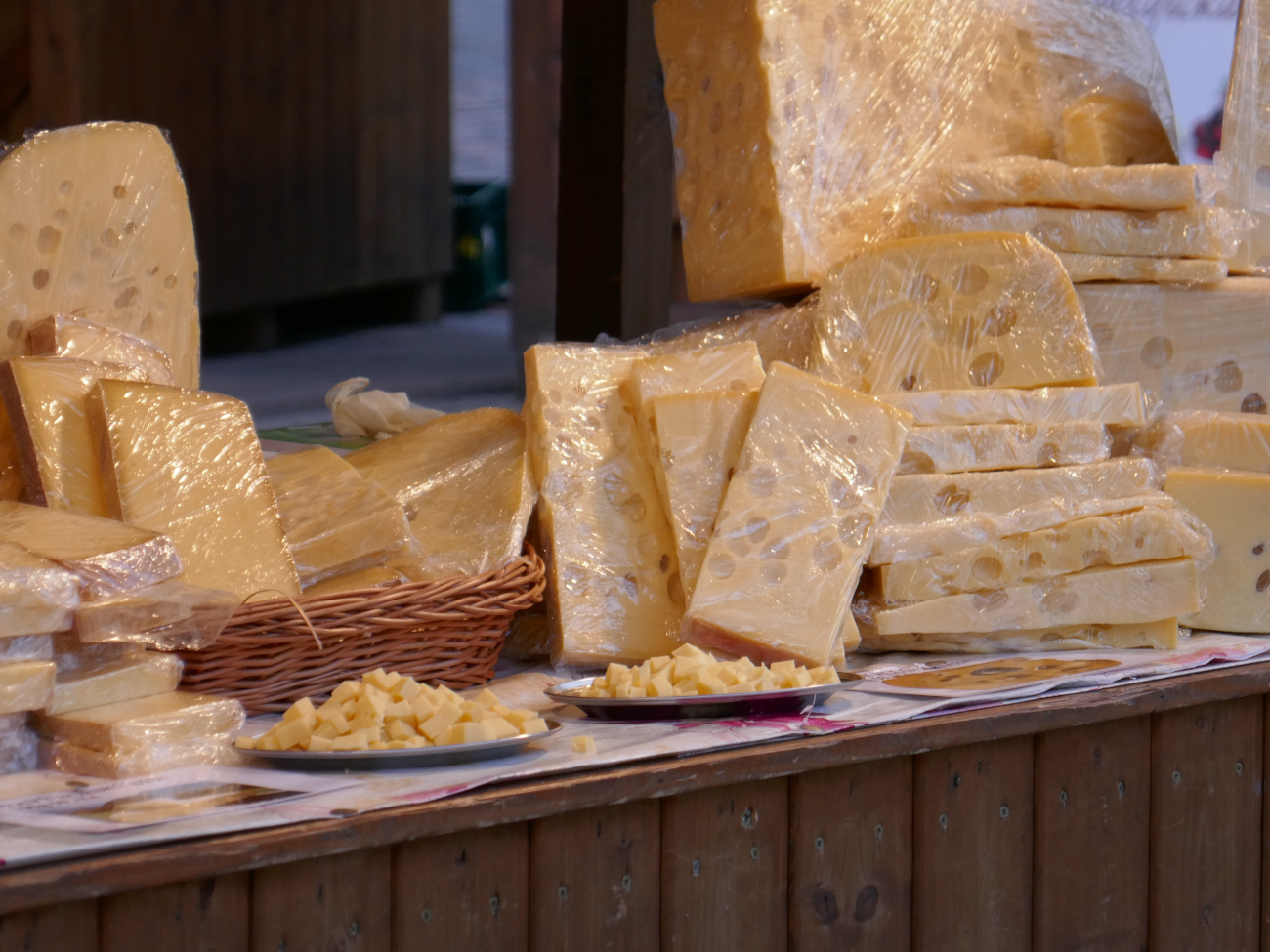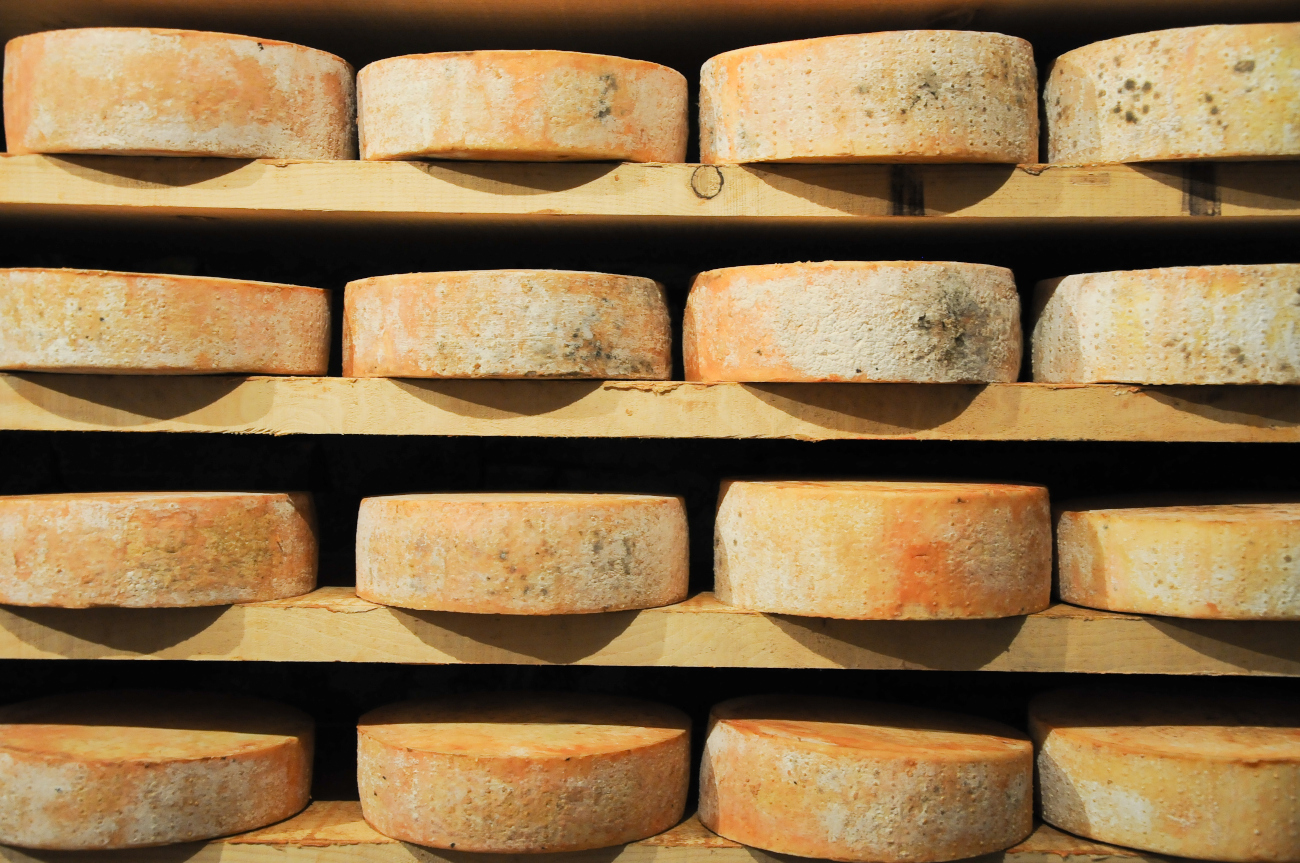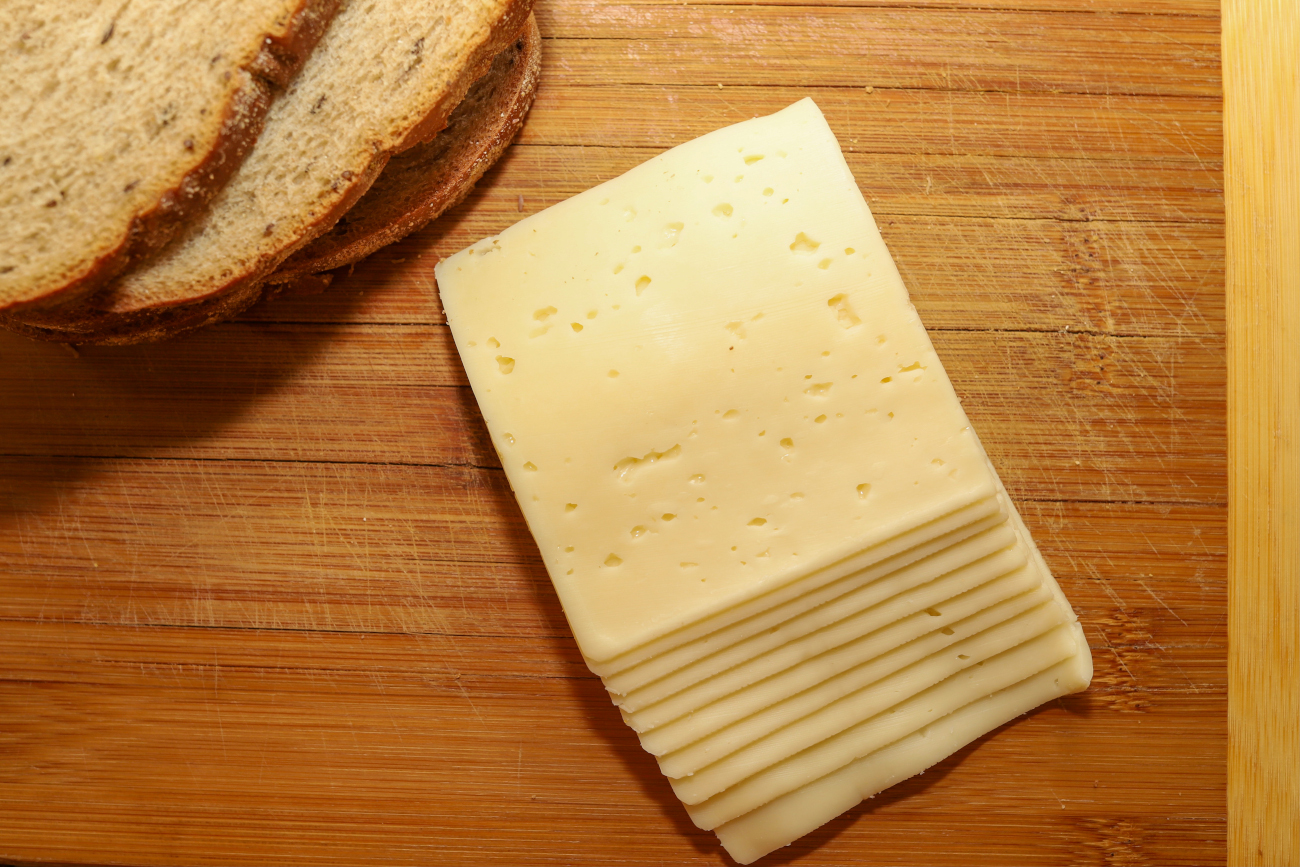If you lived through the 70s fondue era, or simply recreated this melted pot of expensive divinity, then you’ll know just how special gruyère cheese is. Derived from the regions (or cantons) of western Switzerland, this cheese is named after the area Gruyère which has been producing this cheese since the 12th century. Classified as a hard Swiss cheese, gruyère is sweet, slightly salty, and has earthy, nutty flavors that vary dramatically with age. These appealing flavors — coupled with the cheese’s milky quality when melted and creamy smoothness when eaten at room temperature — reveal how versatile gruyère can be. This cheese certainly gained a good reputation among the French, who incorporate it into a variety of their most classic dishes. This all comes at a cost — literally. Gruyère cheese is one of the more expensive cheeses on the market. So when a recipe calls for this fancy cheese, what can you do? Well, here are some options that save your wallet from drying out and still give you delicious results.
Emmental

Emmental may not ring a bell, but it’s gruyère’s sidekick in classic fondue sauce. Like gruyère, it’s a Swiss alpine cheese with those signature holes. Emmental has fantastic melting properties, making it great for cheese sauces or added to egg dishes. It has a milder, more buttery flavor than gruyère, but it still holds its taste and texture.
Comte

Near the borders of Switzerland lies the mountainous region of Comte, where they make comte cheese (not a very original name, but it keeps it easy to know where it’s produced). This semi-hard cheese lacks the distinct holes of gruyère but has all of the flavors of gruyère and it may even be stronger. A less aged comte still has a distinct aroma and taste of hazelnuts and nutmeg, which is something that comes out in aged gruyère. It melts into a smooth consistency making it a great substitution.
Jarlsburg

Named after its origin town Jarlsberg Norway this cow’s milk cheese is mild and flavorful and could be mistaken in appearance for the latter-mentioned Swiss cheeses (on account of the pale yellow color and similar large holes). Unlike the other cheeses in continental Europe, jarlsberg has a more rubbery, less creamy texture at room temperature. Melting the cheese reveals its luscious, fondue-like properties.
Fontina

If you’ve ever cooked one of our lasagna recipes, then you’ll be pretty familiar with fontina cheese. The cheese’s production first began in Italy’s Aosta Valley region, but its manufacturing has spread across the globe. A mild semi-hard cheese, fontina has a light earthy, and nutty taste. While it can be produced in a variety of climates, its hometown region produces fontina with the sharpest flavors. Though milder to the taste buds, it has a pretty good texture and spot-on melting characteristics of gruyère.
American Swiss

A quick trip to the deli counter or the dairy aisle will reveal your cheapest substitution — American Swiss cheese. A version of emmental cheese, this American-manufactured cheese has the same properties as emmental and gruyère. If anything, this cheese and its two varieties — baby swiss and lacy swiss — are much milder in comparison to emmental, meaning American Swiss cheese is much more mellow in flavor than gruyère. A good way to find a strong-flavored American Swiss cheese is to look for the holes. The bigger the holes American Swiss cheese has translates into the cheese having more flavor.













